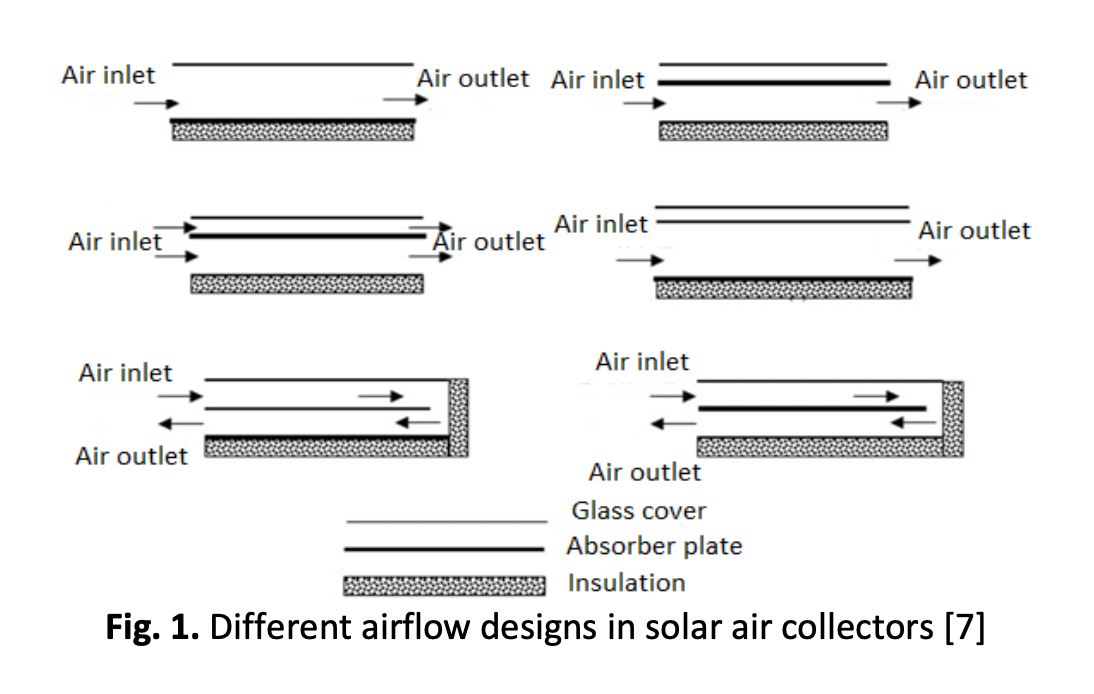Experimental Study of Hybrid Photovoltaic (PV/T) Thermal Solar Collector with Air Cooling for Domestic Use: A Thermal and Electrical Performances Evaluation
DOI:
https://doi.org/10.37934/arfmts.116.1.170183Keywords:
Hybrid solar PV/T collector, baffles, absorber, cooling, performance, efficiency, photovoltaic moduleAbstract
Photovoltaic-thermal (PV/T) collectors convert solar energy into both electrical and thermal energy. This conversion enables the cooling of solar cells while also allowing the produced thermal energy to be used to heat water or space. A hybrid solar panel converts the heat emitted by photovoltaic cells into a transfer fluid (liquid or air), enhancing PV cell efficiency while also producing useful solar heat for household hot water or heating. The heated air extracted from the PV/T collector can be used as a heat source for the building. The paper presents a baffle-based collector for a photovoltaic/thermal system (PVT) to increase output from the system using solar power by comparison with a PVT system without baffles, and its electrical and thermal performance are analysed with the experimental results. Baffles are a solution for optimizing the performance of flat plate solar collectors, which often have low performance. Three typical days from the March 2022 season were chosen and presented as part of this study. For the experiments, two fans were used for air extraction in the PV/T collector, with three speeds chosen: 0.02804 m3/s, 0.0082 m3/s, and 0.016 m3/s, respectively. The variation in thermal and electrical efficiencies of PV/T solar collectors has been calculated for the three tests of March 3, 4, and 5, 2022. The results indicated that the thermal and electrical efficiencies of the PV/T collector were on average 86% and about 9%, respectively, and the thermal efficiency improved by 22% compared with a PV/T collector without baffles in the absorber.
Downloads

































